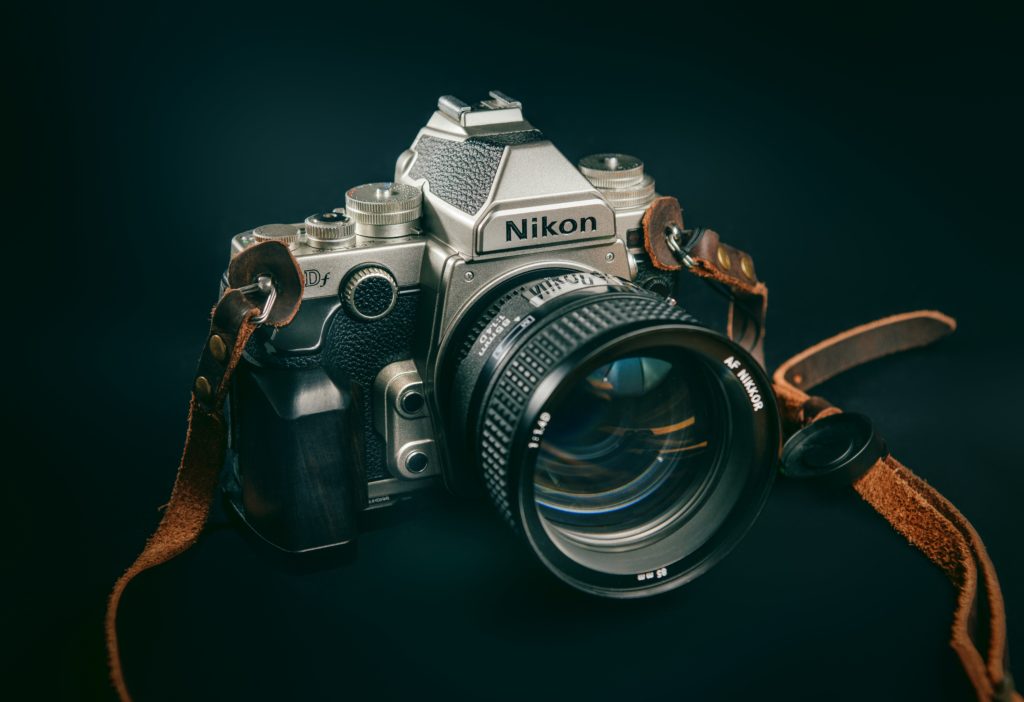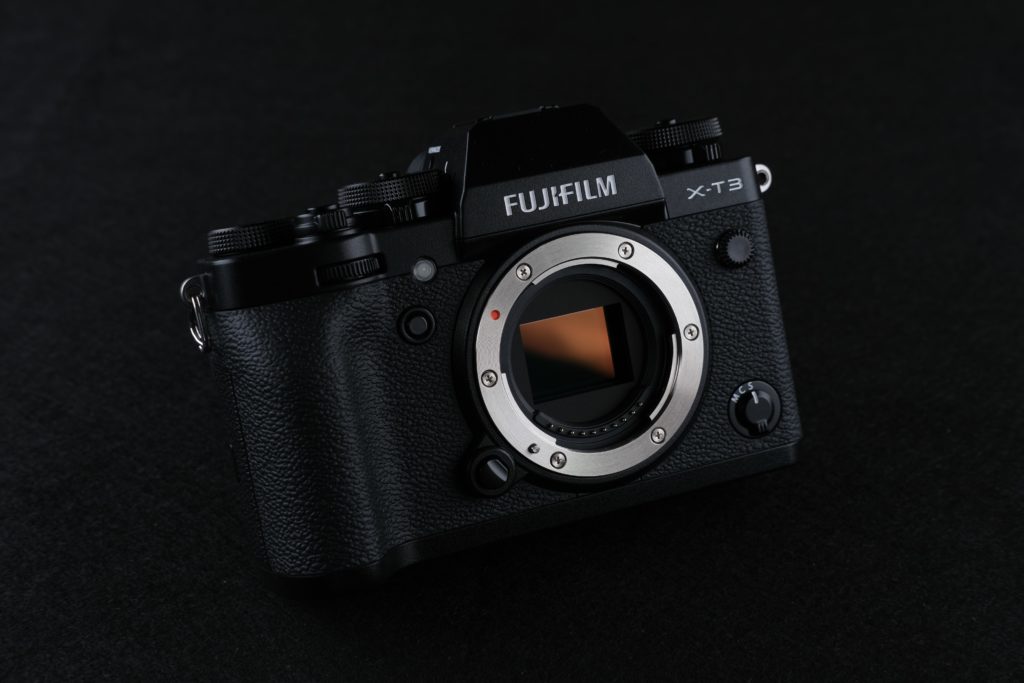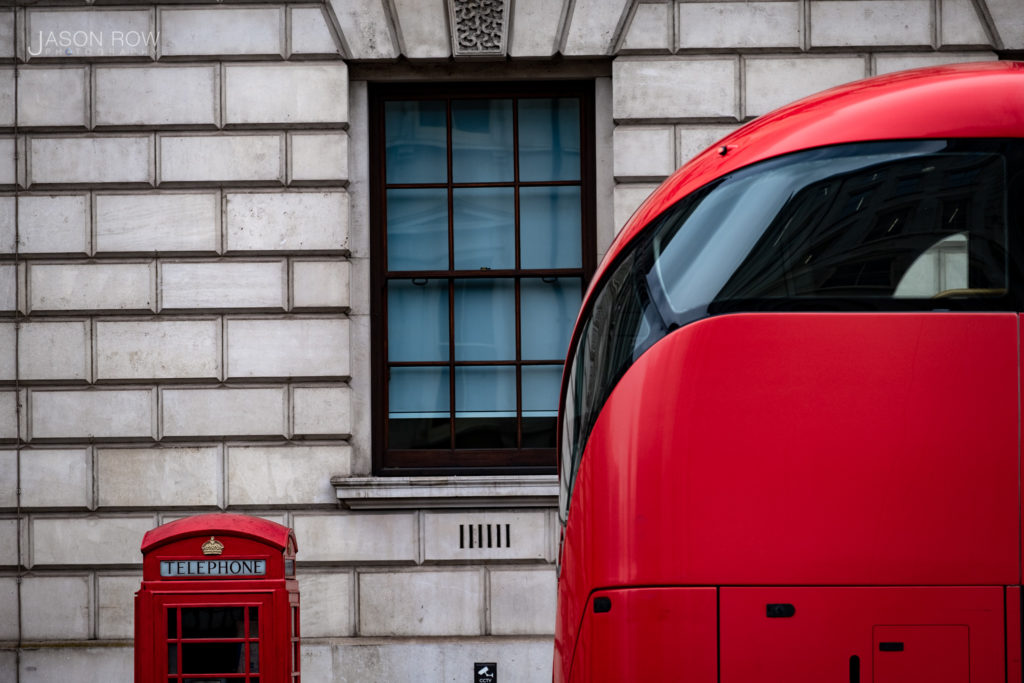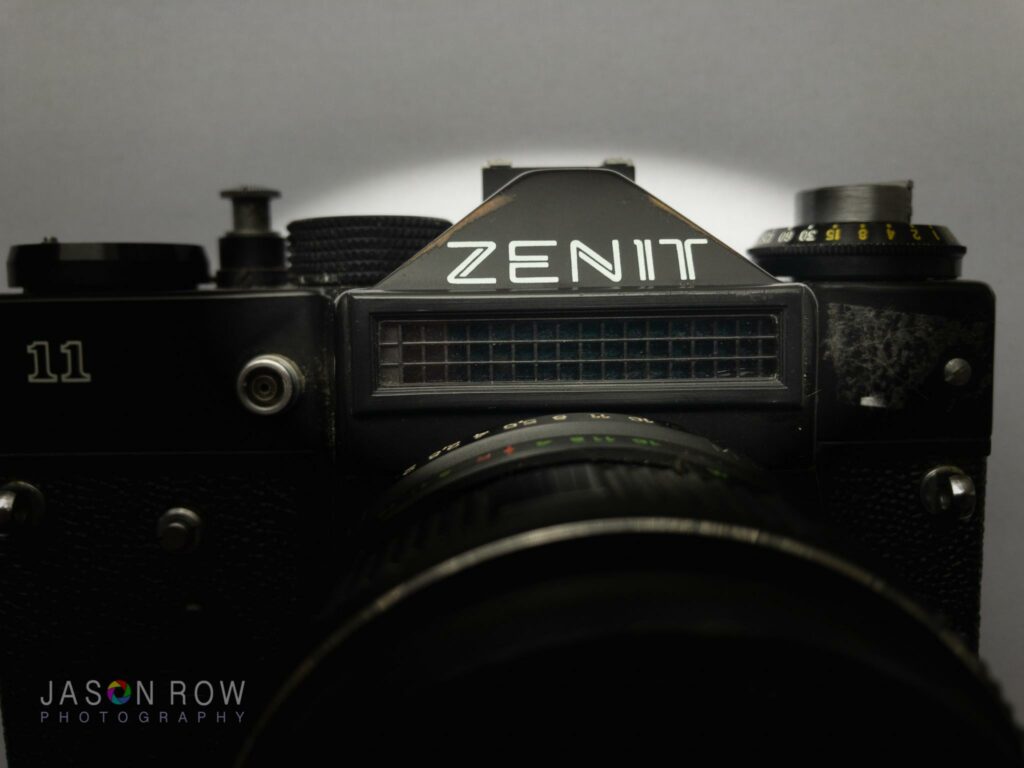Let’s kick this off by defining FOMO for those who are not aware of the term, Fear Of Missing Out. Let’s also say that this is not one of those full-frame vs smaller sensor bashing articles that are often written with clicks in mind, rather than being a genuine opinion.
With that out of the way, what inspired me to write this article? It was in fact, the release announcement of the APS-C Nikon Z FC. This is actually Nikon’s second attempt at a retro digital camera after the well-received but arguably unsuccessful Nikon DF. On paper, it seems a decently specced camera using a well-regarded sensor, a keen price, and a clear retro nod to the Nikon FM2, a camera I spent many a happy year using. So what does this have to full-frame? Allow me to explain.

The Social Media Backlash
I am a member of several Fujifilm forums and groups. The Nikon Z FC is clearly an attempt to take some of Fuji’s retro style market. Ah, so I hear you cry, the Fuji fanboys are upset that Nikon is trying to muscle in. Actually, no, by far the loudest chorus to be heard was that the FC, is not full frame.
It takes a while to get your head around that. A group of people that own cameras that are all APS-C vocally complaining that the competitor’s new camera is APS-C. This leads me to the point of this article, that social media is driving full-frame FOMO without really even knowing why or indeed if they need a full-frame. There has always been a level of brand snobbery in photography, now, it seems that has extended to sensor size. Let’s take a look at why you should not fall for the full-frame FOMO.

Full Frame Is Superb
But so are APS-C, M4/3, and even smartphone sensors. Each has distinct advantages and disadvantages. Some of the advantages can even be disadvantages depending on the type of photography you are doing. Let’s break down some of those for full-frame and smaller sensor sizes.
Full-Frame Advantages
- Better in low light
- Higher dynamic range
- Shallower depth of field
- Marginally better image quality
- No crop factor
Full-Frame Disadvantages
- Heavier, larger bodies and lenses
- Significantly more expensive both bodies and lenses
- Marginally better image quality for the price
- No crop factor
Smaller Sensor Advantages
- Smaller bodies and lenses
- Often significantly cheaper
- More discrete
- Crop factor
Smaller Sensor Disadvantages
- More depth of field at widest aperture
- Not as good in low light
- Marginally worse image quality.
- Less dynamic range
Now obviously the smaller the sensor the more pronounced the differences are when compared to full-frame. However, the inspiration for this article was the backlash around the Z FC being an APS-C sensor. When we come to a comparison between full-frame and APS-C the differences are not that great. Depending on one what and how you shoot either might be the best option for you. That returns us to the rub of this article, not allowing social media to sway our decisions due to a fear of missing out.

Buying Full Frame Should Be Your Decision
So how am I qualified to write this article? Well, I shot full frame for the best part of 10 years. At the time, the only great advantage for me was that it was one or two stops better in low light. For the type of photography that I did, it probably was not needed, however, I did kind of fall for the hype.
In 2015 I made a shift to the APS-C format by converting to the Fujifilm X-Series. This time I based my decisions not on any marketing or hype but on my own personal needs. Since then I have not looked back.
Recently, I found myself being swayed by the Nikon Z series when I was in the market for a new camera. The full-frame FOMO had found me and was pulling me hard towards a decision I might regret. I pulled back from the FOMO and looked hard at the more obvious camera upgrade for me and that was the Fujifilm X-T4. When I analyzed what I shot, often hybrid video, still travel images, then looked at what the Fuji would bring me, it was by far the best option, even when compared to full-frame.
And here lies the point. I desperately wanted full frame again, I had the funds for it, but in the end, the extra cost, the extra weight, the need to buy an entirely new set of lenses, filters, and other accessories, was nowhere near worth the slightly improved image quality I might get. Indeed in video shooting, it would have been a step down in some respects. That’s my personal experience, yours may differ.

Take A Step Back
The pull of FOMO can be powerful and compelling, especially if you spend a lot of time in photographic groups. However, if you feel you are being swayed by it, take a step back, analyze your own photography and think long and hard about what full-frame will bring you. There will be plenty of you that will find that full frame is a very good option, however, there will equally be many that realize the advantages do not justify the disadvantages and cost.
One thing you can also do is take a look at your peers, especially the ones in the groups and forums that are promoting the full-frame move. One or two might have some very good images that clearly demonstrate, that to them, full-frame is definitely worth it. The majority however will not be able to visually demonstrate any advantage of full-frame despite being vocal exponents of it. Having the very best gear is often promoted by gear-heads not experienced photographers.

There is no doubt that full-frame cameras are the pinnacle of image quality (medium format excepted). There is no doubt that for many the full-frame camera is the best option. However, that decision to buy a full-frame camera should be based on your own photography and not due to noise emanating from social media groups and forums. In the end, it will be you pressing that shutter button, not some anonymous commentator in a Facebook group.





6 Comments
Maybe I’m missing something.
Full-Frame Advantages: better in low light
This is usually the gospel without regard to pixel count, but I don’t get it. All else being equal, a sensor will be better in low light only if the size of its pixels is larger.
So, sure, if an APS-C and FF sensor have the same number of pixels, the FF pixels will have about twice the area (i.e., light-capturing ability) and so should be one stop more sensitive.
But more often the FF sensor has more pixels, which can reduce or eliminate the “better in low light” advantage. Take, e.g., Sony A1 (full frame, 8640 x 5760 = 50 MP) vs Sony A6600 (APS-C, 6000 x 4000 = 24 MP). The FF sensor’s area is 2.25× the APS-C, but this 50-MP FF sensor has 2.08× the number of pixels, so each pixel has almost exactly the same area as the 24-MP APS-C sensor. Is it more sensitive? That could only be true if the sensor technology is improved, and now we’re out of the “all other things being equal” territory.
Or am I missing something?
Well put! Can’t agree more…
For me, full-frame is about more bokeh for people photography. And if the people are moving then I need accurate AF too. That’s where Sony FF sensor & processing has the huge advantage. But Sony cameras put me off. I think I might be biased by the lack of heritage, and the ugly design.
I have an X-T1 as an amateur. I love it. What it lacks is faster more accurate AF, and to be more bokeh’ble. I’ll likely upgrade to the X-T5 later, keeping my lenses, giving X-T1 to family, staying with Fuji because of the manual feel (hands-on), and affordability. I am ex-Nikon in film and that’s where I fell in love with photography. I am looking to buy a Nikon Z as well for portraits with one or two very good portrait lenses. Expensive but creating timeless memories for myself and others is worth it. The kit size for portraits doesn’t matter. I’ve wasted much more money elsewhere in life – you know. I am even looking at Fuji medium!!
Realistically, I think that sensor size is now reduced to an effect. While there is measurable differences between APS-C, Full Frame, and 4433 Medium format the technical differences are beginning to close up.
I mean, if you shoot a scene with all three formats, display it on the screen and ask people which have the best quality AFTER post processing (we are photographers after all) to the best of each format. Will anyone be able to truthfully tell you one is better than the other? I doubt it. Printing yields a different story, but is it different enough be worth the extra money? I doubt that too.
So I think you bring a valid point. “People” may not be able to tell the difference, but we as photographers can so we shoot what we think will complete our vision and style. Granted some of it may be a total placebo, but hey if it makes one happy….
In any case, why choose. Keep your old equipment and build up a stable of all the formats you shoot…. And think in terms of use… travel camera, low light camera, fast sports camera……
I would add to the APSC disadvantages the lack of fast tele zooms. There isn´t one long telephoto that I know of (say 70-200 mm in FF equivalent) that is f/2.8 like the FF zooms. It´s true that the whole point of APSC is smaller size, weight and price, so maybe manufacturers just want to push apsc users to buy the FF zooms.
Fuji has the 55-140, f2.8 which is the equivalent to a 70-200 f/2.8. They also have the 200mm f2.0 which is effectively a 300mm f2.0